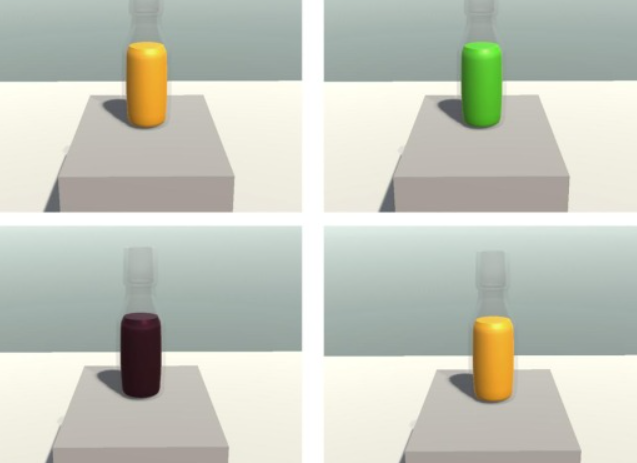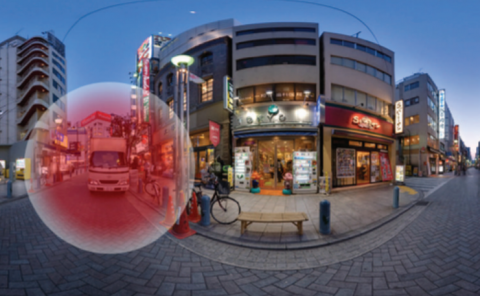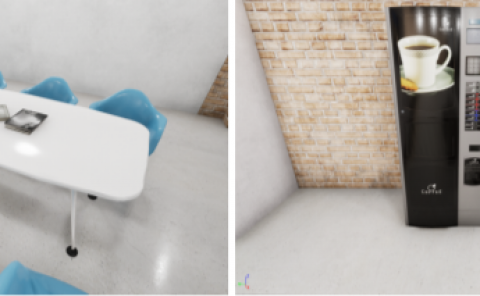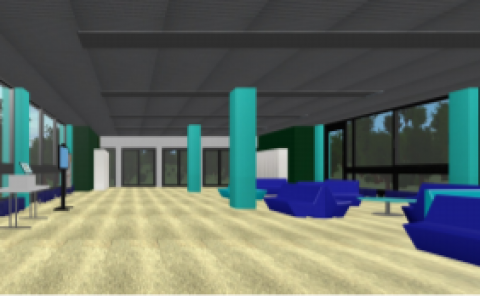True colours: Advantages and challenges of virtual reality in a sensory science experiment on the influence of colour on flavour identification
PubDate: Dec 2020
Teams: Universitaetstrasse 22;ETH Zurich
Writers: Jeanine Ammann;Michelle Stucki;Michael Siegrist

Abstract
The use of virtual reality (VR) in sensory science studies can offer new possibilities for experimental design. For instance, VR allows for the modification of visual product properties without changing the product composition. In a set of two augmented virtuality studies, we investigated whether the results we obtained in real-life (RL) settings were comparable to the results we obtained in a VR environment. In Study 1, we transferred an existing sensory science experiment to a VR setting. We invited 100 participants to taste two juices and a piece of cake. In the VR environment, participants saw the product either in its original colour or in a modified, product-atypical colour. After the product tasting, we asked them to identify the most dominant flavour. Participants had more difficulties identifying the flavour when the product was shown in a modified colour than when it was shown in its original colour. In Study 2, we added an RL control condition to facilitate a direct comparison between the two conditions and to verify our findings from Study 1. A chi-square test for association revealed no significant differences between the RL and VR conditions. We conclude that sensory studies can be successfully transferred to VR and obtain a generally similar pattern of results.



